The Life And Times—And The Art—Of Frederick Gordon-Crosby
Bentley car design has evolved over the years, but there is one constant—the badge. It is one of the best-known designs to grace a car’s prow. This article will attempt to pay tribute to the man who designed Bentley’s badge, Frederick Gordon-Crosby.
By the late 1890s few carmakers were active in England. They were, at first, dependent upon French and German designs, but after a British consortium purchased the name Daimler, and some of its designs, the marque was established in Coventry by the mid-1890s. Originally an important town for textile manufacture, the drying up of cotton from America during the Civil War, and the progressive influence of the child labour laws from the 1870s, meant that a new outlet for the mechanical skills of Coventry’s workforce became the interest in cycle manufacture, which led logically to the building of automobiles, and Coventry becoming its centre.
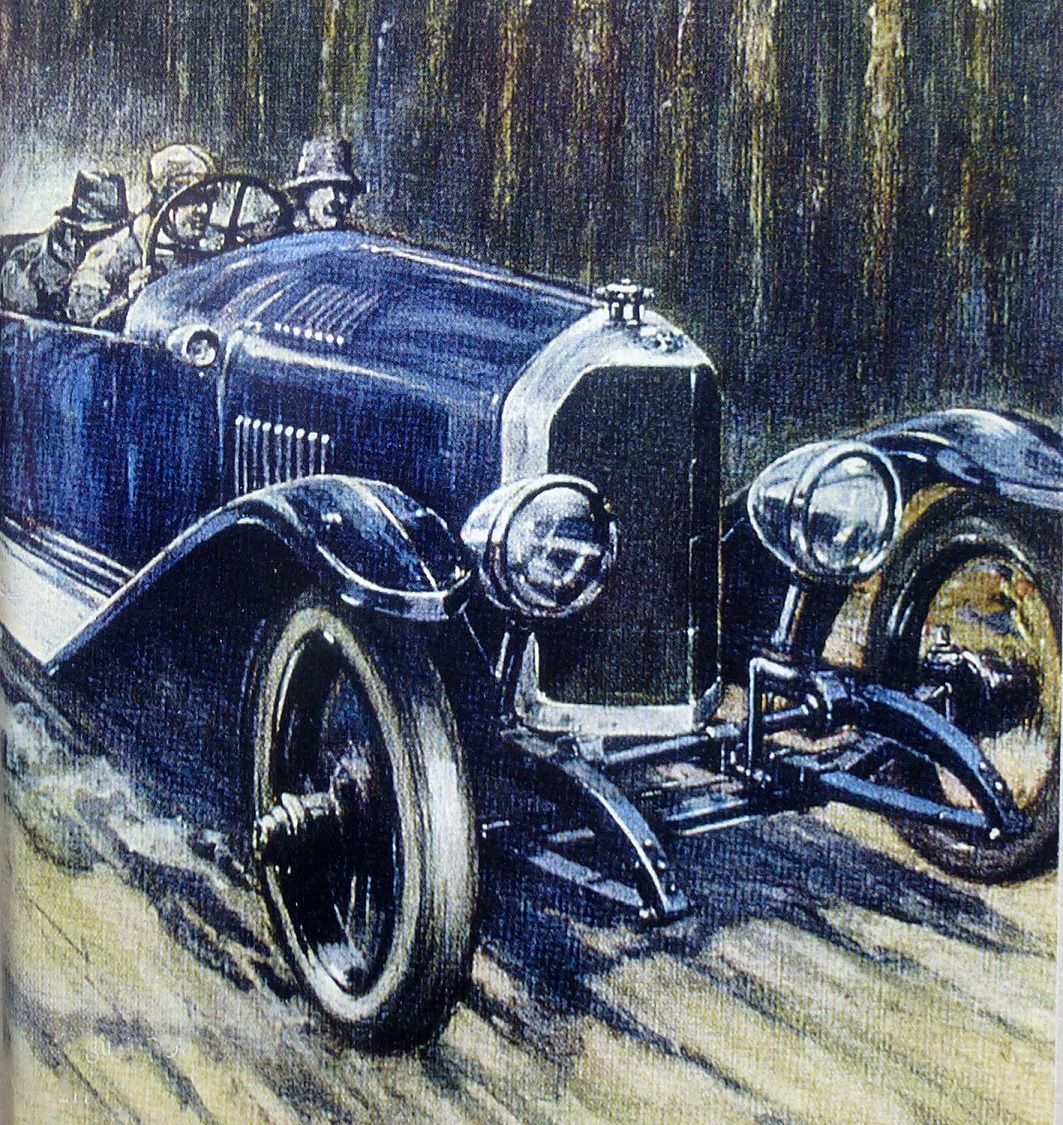
Just a few long lives can bring previous generations’ accomplishments into our consciousness, with the Rolls-Royce engineers Ernest Hives (1886-1965) and Arthur Robotham (1899-1980), for instance, having children who are active in the 21st century. Similarly, the journalist Montague Tombs (1886-1979), and journalist/artist/racing driver and “Bentley Boy”, Sydney Charles Houghton “Sammy” Davis (1887-1981) have left their memories well recorded.
By the early years of the 20th century, a group of young men, who included Tombs and Davis, were boarding in a large house run by Mr and Mrs Arthur Ludlow Clayton. Working for The Daimler and the newly established magazines The Automobile Engineer and The Autocar, they were joined by Frederick T Gordon Crosby, a congenial man who was known to his many friends as “Gorby” or “Freddie”. His origins are obscure, but he was born in Sunderland in 1885, joined Daimler as a junior draughtsman, and followed Davis to join The Autocar when it transferred to London; Tombs elected to stay where manufacturing was concentrated, to become their Midland Correspondent.
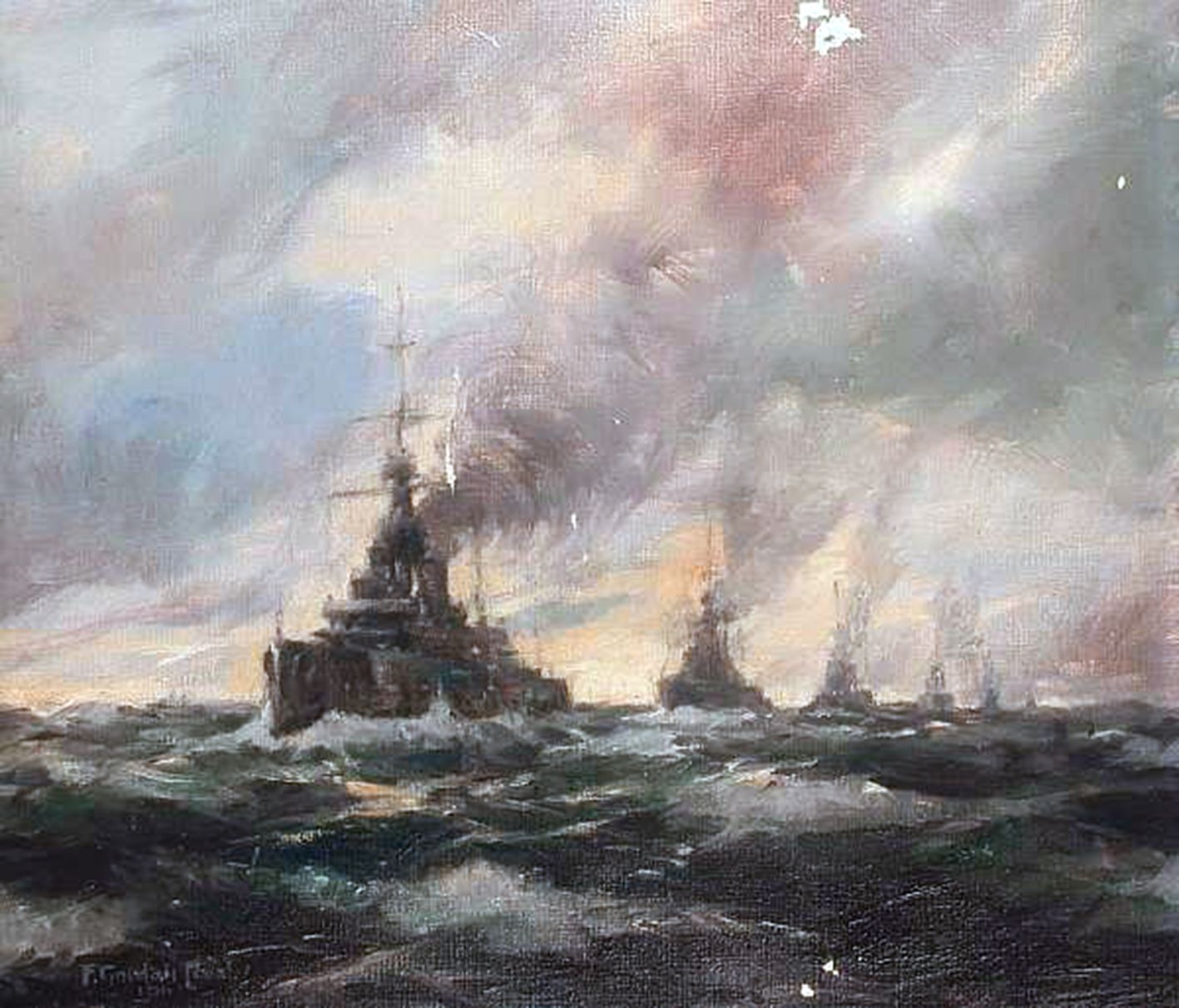
A gifted artist, Crosby was soon capturing the atmosphere of the early, epic motor races. D B Tubbs (1913-99) in his Art and the Automobile (Grossat and Dunlap, New York 1978) wondered how he could have painted such vivid interpretations of race incidents at which he could not have been present. We can be fairly sure, however, that late-night conversations with “Sammy” Davis, who absented himself from art classes at The Slade in order to travel to watch the start of the 1903 Paris to Madrid race, must have helped. Crosby attended art classes at The Slade at Davis’s suggestion, but credited them only with enhancing his caricaturing skills.
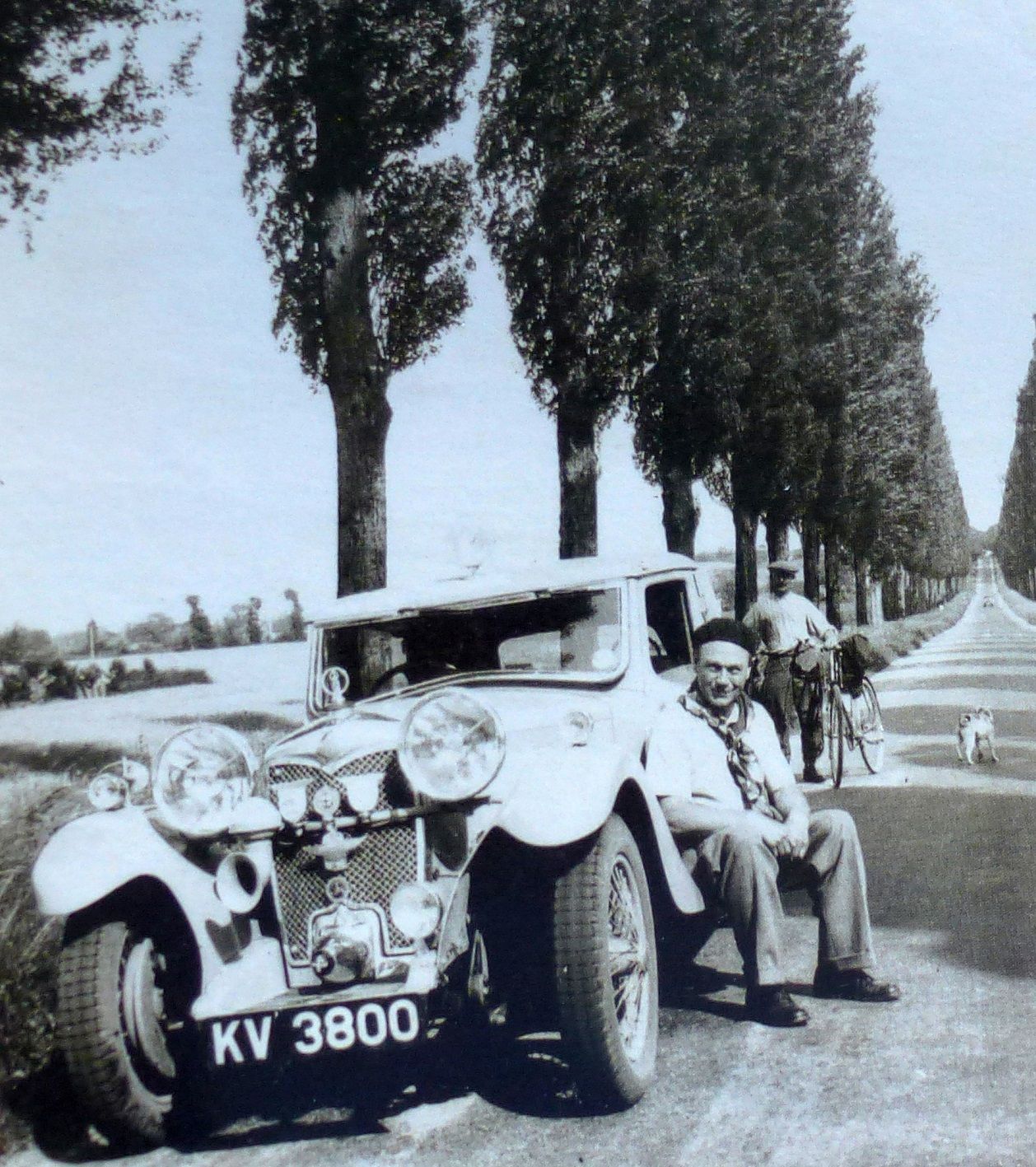
Crosby’s role with The Autocar was initially a very junior one, but he pioneered the cut-away drawing with an exploded view of a BTH magneto and remained on salary until his death in 1943. He produced thousands of drawings, caricatures, cartoons and paintings for the magazine, as well as private commissions and secondment to The Royal Flying Corps during the Great War, for whom he completed technical drawings of crashed German aircrafts.
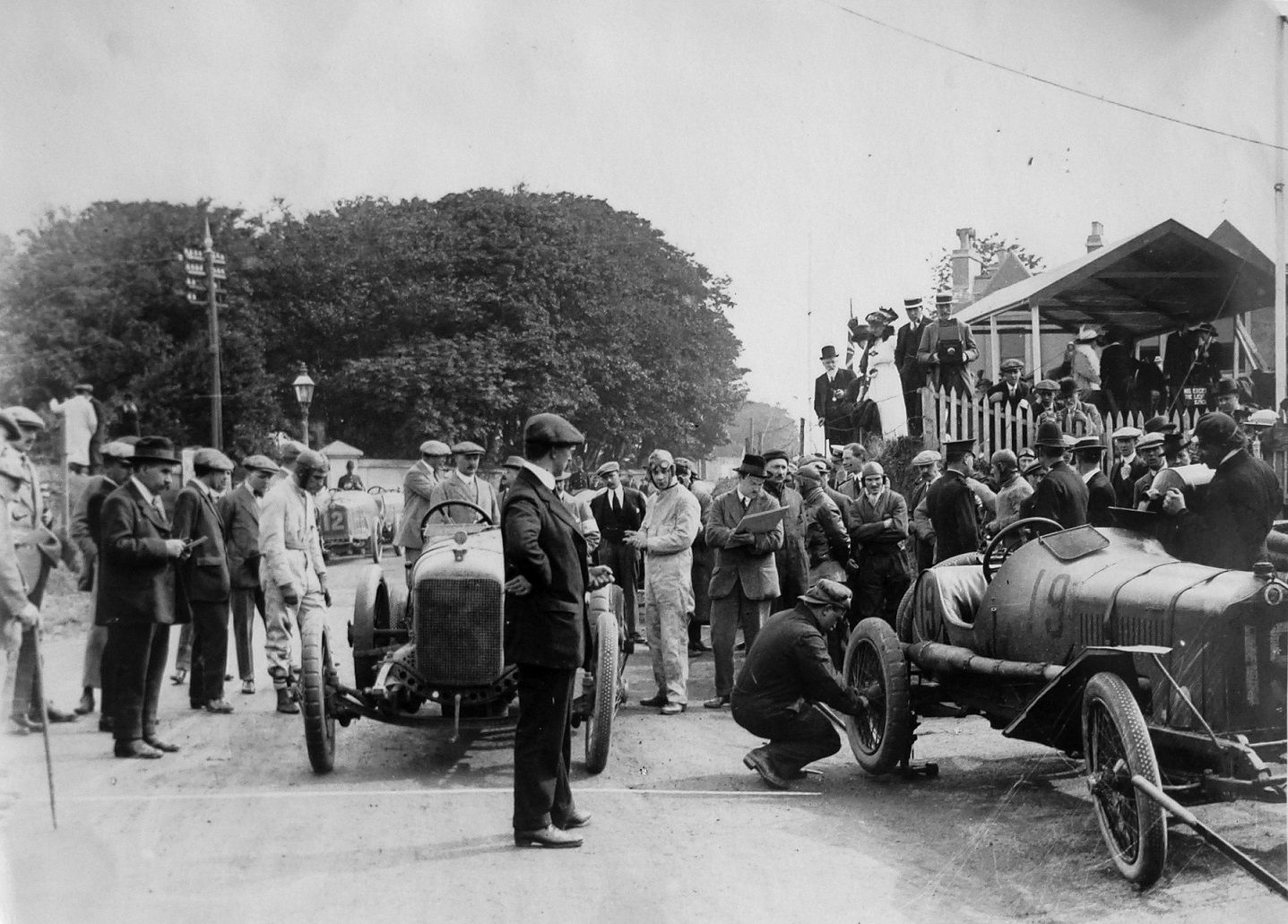
His quirky design abilities produced a cigarette lighter made from magneto parts gleaned from a crashed Zeppelin airship. For his young son Peter, then three, he built a miniature car, powered by a small engine, and using aircraft parts such as wheels and tyres from an RE7, and springs from Sopwith tail skids. A second example incorporated more refinements, and a dummy radiator, on which sat a badge which bore a resemblance to the badge he designed soon afterwards for W O Bentley. Bentley also credited him with the design of the first 3 Litre body, and a drawing made well before the first Bentley took to the road clearly presages the radiator shape and style.
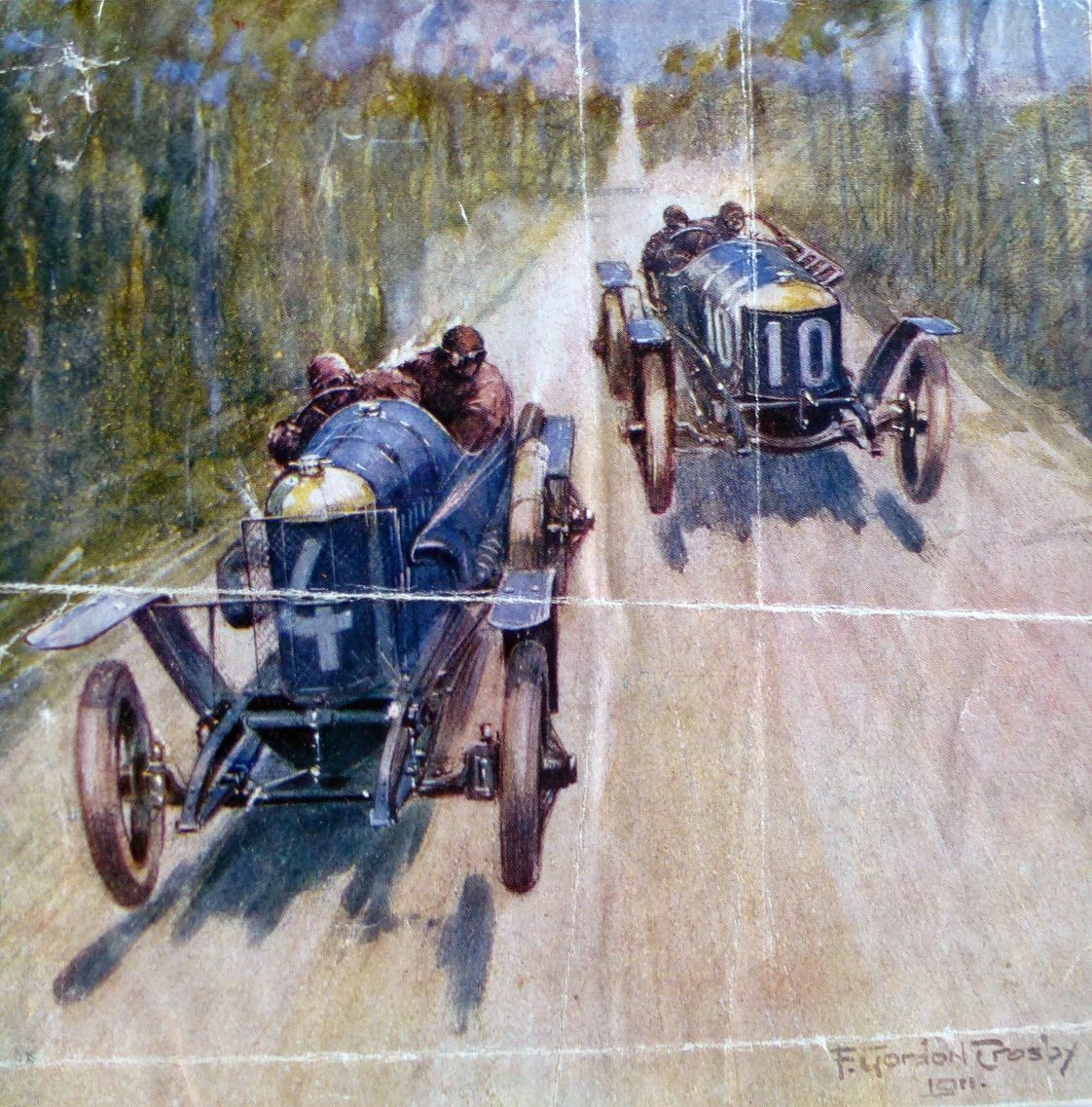
Gordon-Crosby exhibited three or four times at the Royal Academy; his first was the famous painting of the destruction of the Zeppelin L37 over Ghent in 1915, now hanging in the Imperial War Museum, the second, a coastal painting of Cornwall in 1921, and the third, from 1932, was called “Ice Skater”.
An indication of his working method can be gained from the photograph taken by W J Brunell at the Tourist Trophy races on the Isle of Man in June 1914, and in possession of the Gordon-Crosby family in New Zealand. It shows the artist in the middle distance, with his drawing pad, sketching the Straker-Squire and Minerva racing cars.
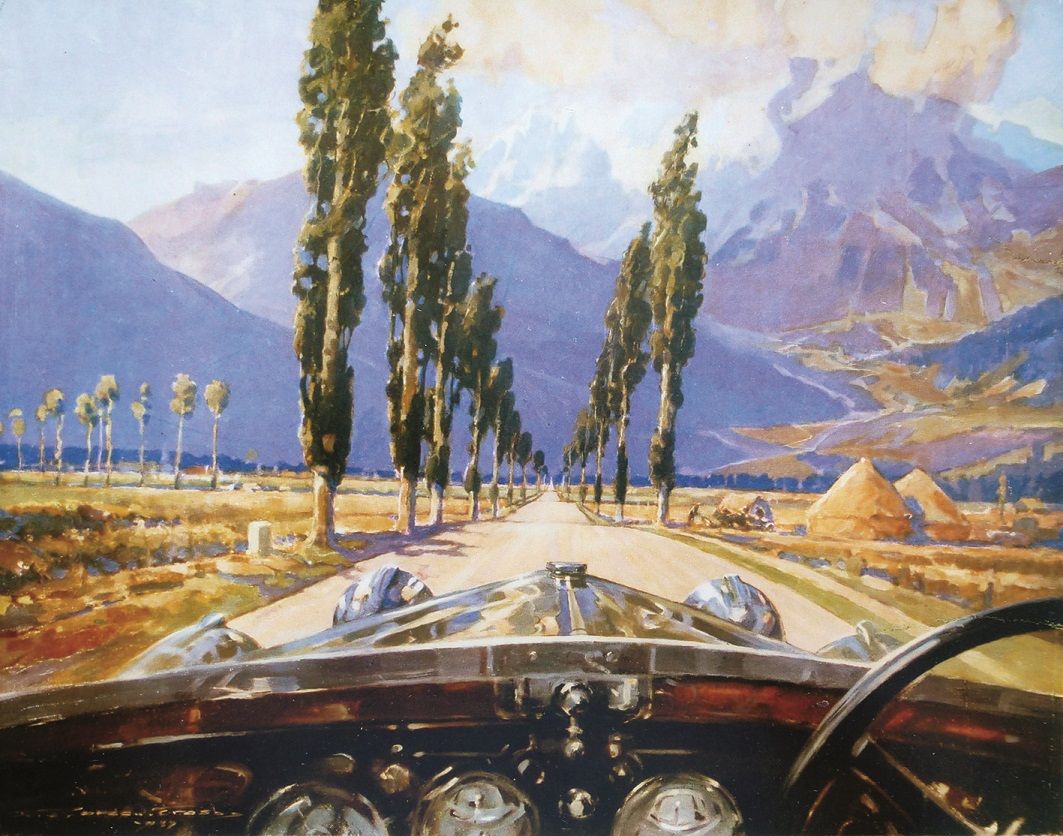
Many other photographs from his collection have survived and would have provided the details on the published works, added to the quick sketches he was able to make at the scene. Colour was not then available for the magazine pages but was often added for reworked publication supplements such as the series “Meteors of Road and Track” and “The Endless Quest for Speed”.
The Autocar was in readers’ hands on Friday, which meant that sketches made during the event of the previous weekend had to be finished to a tight schedule; not as tight, however, as that of the rival production The Motor, on the bookstalls on Tuesday, so that Crosby’s work appeared more “finished” than his rival Bryan de Grineau (1882-1957).
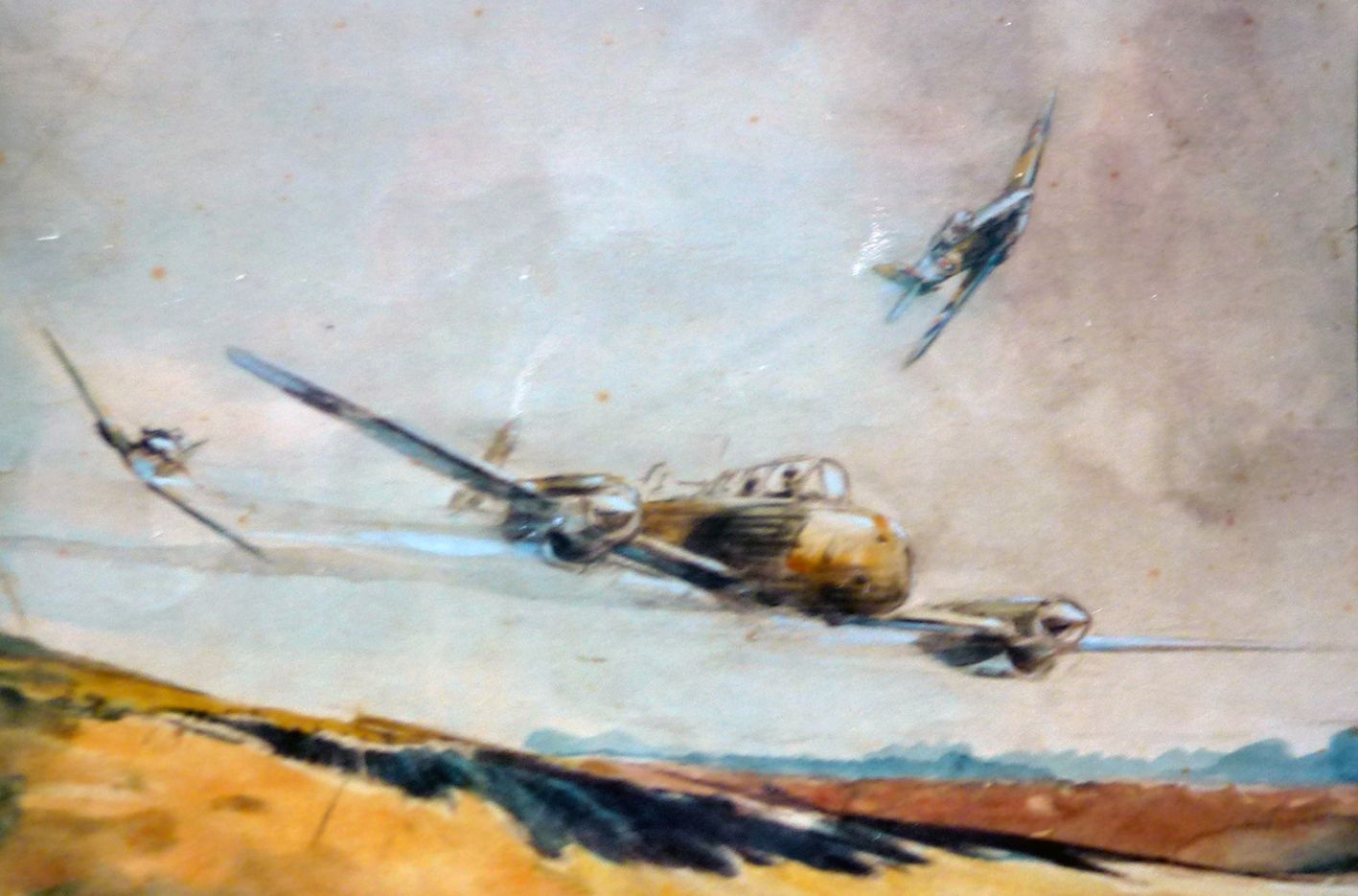
De Grineau was a nom de plume for John Bryan, perhaps a name to compete with Gordon Crosby’s, whose early works do not show a hyphen. The later signature appears to include the hyphen, and although Peter Garnier (1918-2000) in his book The Art of Gordon Crosby (Hamlyn, London 1978) states that the name was not hyphenated, by the 1930s his by-line in The Autocar clearly shows the hyphen. Both his sons had Gordon-Crosby on their birth certificates, and his New Zealand family use the hyphen.
De Grineau retired prematurely, and his successor on the Temple Press magazines The Motor and Light Car, Patrick Nevin (1912-95), spoke of the courteous treatment he received from Gordon-Crosby, who arranged for the young artist’s work to be displayed alongside his own at a Belfast department store before the Tourist Trophy racing there. Nevin commented that many drawings done at these events were never published, and that Gordon-Crosby probably gave them away to drivers and mechanics.
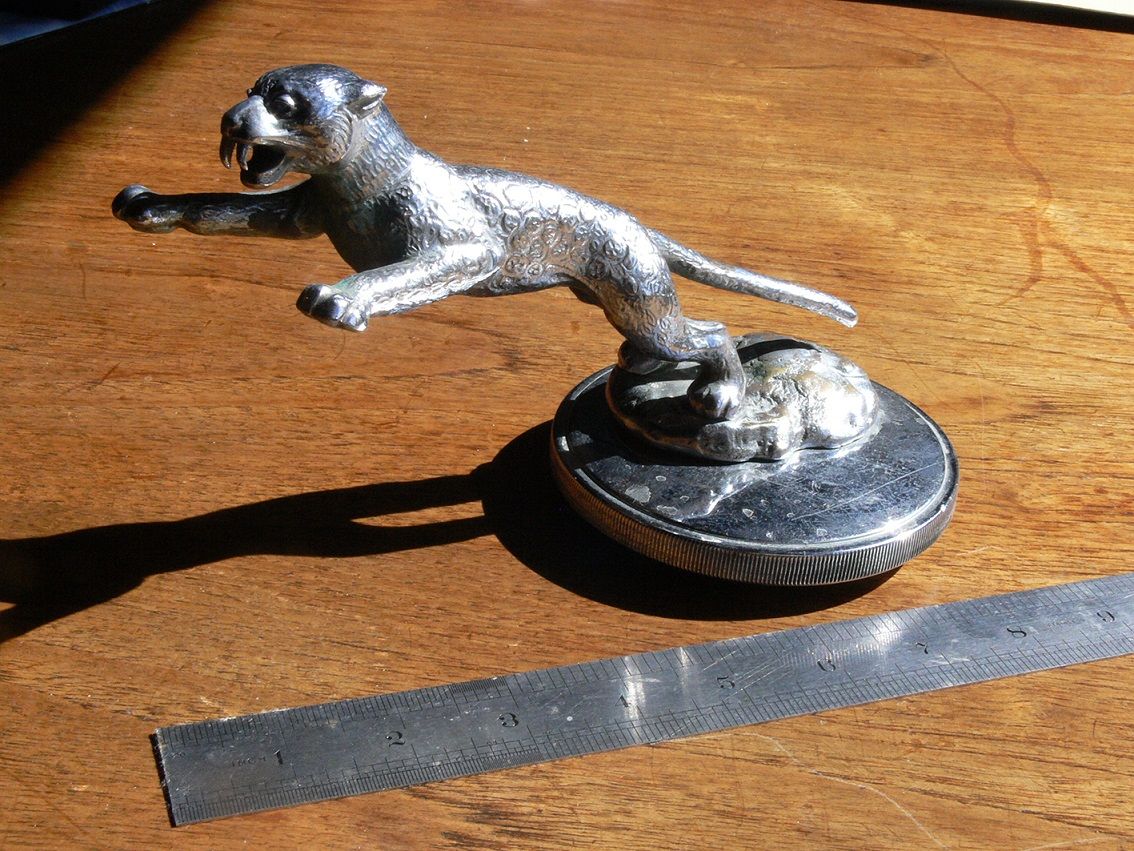
Gordon-Crosby was proficient in a bewildering range of media and subjects. Landscapes, seascapes, maritime, aeronautical and automotive paintings and drawings in charcoal, Conté crayon, pen, with wash, watercolour, oils, gouache, pastel, and sculpture all survive, while he designed the radiator badges for Bentley and Lagonda, the flying “B” on the Bentley radiator cap, and the “leaping cat” of the Jaguar.
The “leaping cat” was originally produced for his friend Cecil Kimber (1888-1945), the designer of MG cars, for the projected 18/80 “Tiger”. However, so few of that model were produced that the design was not required, so when William Lyons was re-launching his SS range to emphasise Jaguar, some judicious reworking of Gordon-Crosby’s original and quite complex multi-piece design saw it become the “Leaping Cat” still gracing the marque 80 years later.
Comments
Sign in or become a deRivaz & Ives member to join the conversation.
Just enter your email below to get a log in link.
